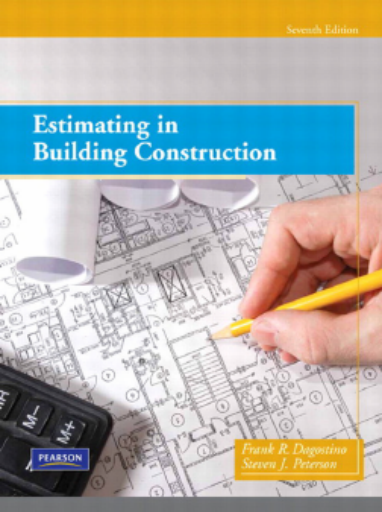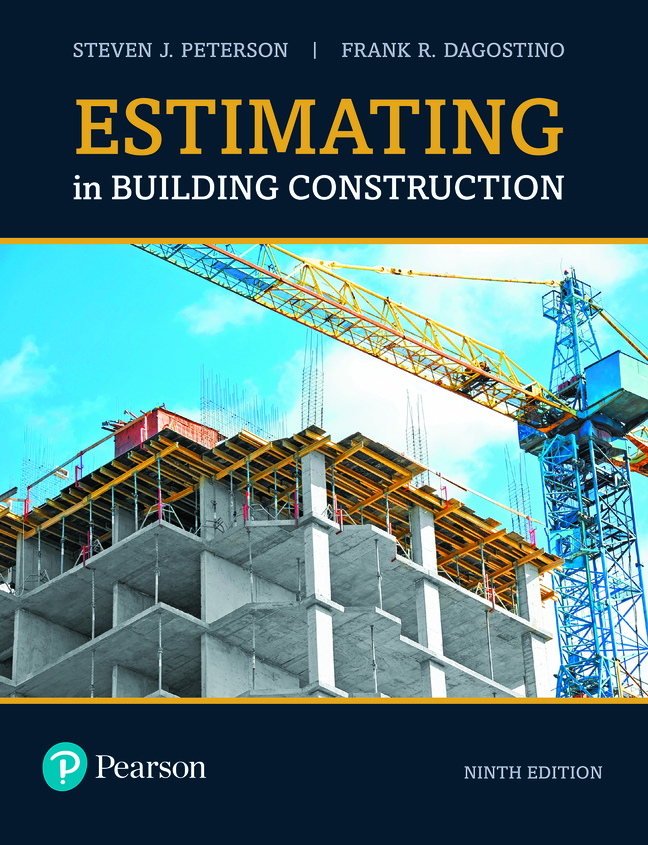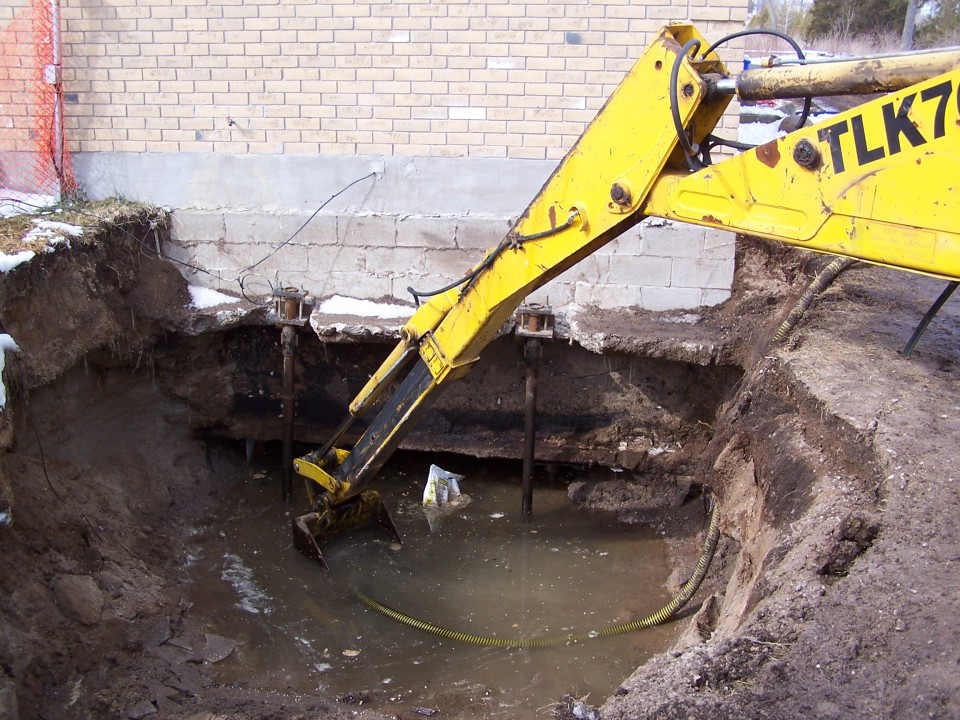Embark on a journey of construction knowledge as we unravel the significance of “What Are MEPS in Construction.” Gain insights into the integral components that contribute to the success and functionality of modern construction projects.
Introduction: Decoding MEPS in Construction
In the intricate world of construction, acronyms often play a crucial role in defining key components. One such acronym that holds immense importance is MEPS. Join us as we explore the depths of “What Are MEPS in Construction” and how they shape the landscape of modern building projects.
Understanding What Are MEPS in Construction:
Unraveling the Acronym – What Are MEPS in Construction
MEPS stands for Mechanical, Electrical, Plumbing, and Sanitary systems. These are the vital components that form the backbone of a building’s functionality and efficiency. Let’s delve into each aspect to understand their role in construction projects.
Mechanical Systems (M):
Mechanical systems encompass a broad range of components that contribute to a building’s heating, ventilation, and air conditioning (HVAC) systems. This includes:
- HVAC Systems: Heating, ventilation, and air conditioning systems play a pivotal role in maintaining optimal indoor environmental conditions, ensuring occupant comfort and well-being.
- Ductwork and Piping: The ductwork and piping associated with mechanical systems facilitate the distribution of air and fluids throughout the building, connecting various spaces.
Electrical Systems (E):
Electrical systems form the nervous system of a building, providing power for lighting, appliances, and electronic devices. Key elements include:
- Wiring and Distribution: The wiring network and distribution panels ensure a safe and reliable supply of electricity to all areas of the building.
- Lighting Systems: Proper lighting design is essential for both functionality and aesthetics. Electrical systems include the installation of lighting fixtures and control systems.
Plumbing Systems (P):
Plumbing systems focus on the distribution of water throughout a building and the removal of wastewater. Components include:
- Piping and Fixtures: Plumbing piping carries fresh water to various points in the building, while fixtures such as sinks, toilets, and showers facilitate water usage.
- Drainage Systems: The drainage system is responsible for removing wastewater from the building, preventing water stagnation and potential damage.
Sanitary Systems (S):
Sanitary systems specifically address the disposal of human waste and wastewater. This includes:
- Sewer Systems: The sewer system connects the building to the municipal or on-site wastewater treatment facility, ensuring the safe disposal of sanitary waste.
- Septic Systems: In some cases, buildings may use septic systems for wastewater treatment on-site, particularly in areas without access to municipal sewer systems.
Importance of MEPS in Construction:
Building Efficiency and Functionality – The Importance of MEPS in Construction
- Occupant Comfort: Well-designed MEPS contribute to occupant comfort by providing a controlled indoor environment with proper heating, cooling, lighting, and water distribution.
- Energy Efficiency: MEPS play a crucial role in enhancing the energy efficiency of a building. Well-designed HVAC, lighting, and electrical systems can significantly reduce energy consumption.
- Building Safety: Proper installation and maintenance of MEPS are essential for building safety. Electrical systems, in particular, require careful attention to prevent fire hazards.
Challenges and Solutions in MEPS Implementation:
Overcoming Hurdles for Optimal MEPS Integration:
- Complexity: The integration of multiple systems can be complex. Employing experienced professionals and utilizing advanced technologies can help streamline the process.
- Cost Considerations: MEPS can constitute a significant portion of construction costs. However, investing in high-quality systems often results in long-term savings through increased efficiency and reduced maintenance needs.
Conclusion: Building Excellence with MEPS Integration
As the construction industry advances, understanding “What Are MEPS in Construction” becomes imperative for architects, engineers, and project managers. MEPS not only contribute to the fundamental functionality of a building but also play a crucial role in achieving sustainability, energy efficiency, and occupant satisfaction.
By prioritizing the integration of Mechanical, Electrical, Plumbing, and Sanitary systems, construction professionals can lay the groundwork for buildings that stand as testaments to efficiency, innovation, and modern living.



Leave a Reply